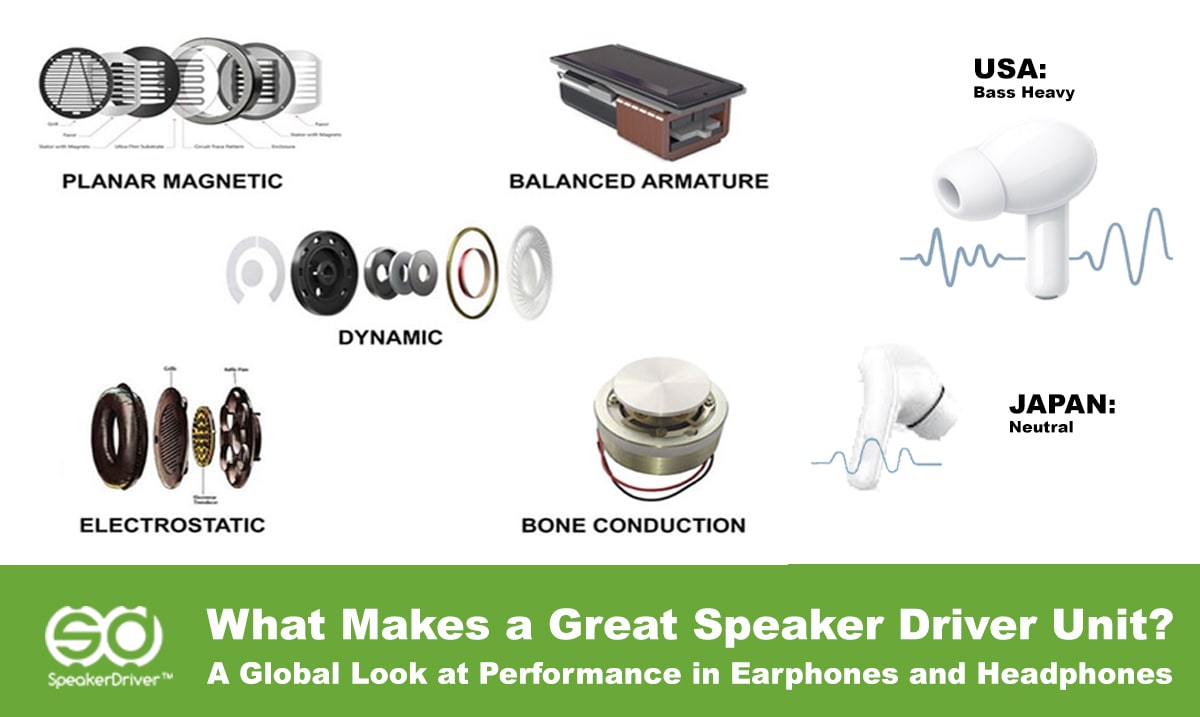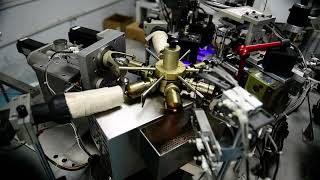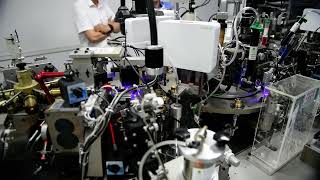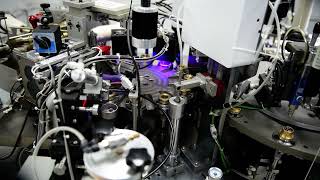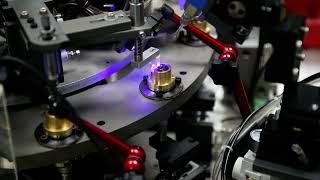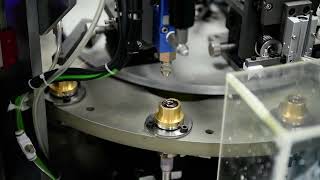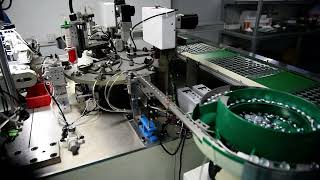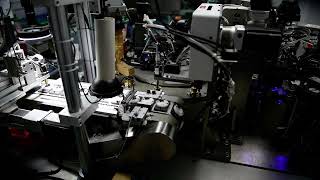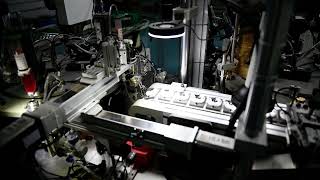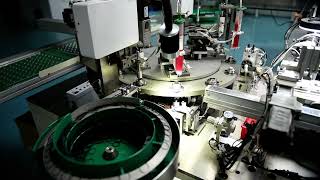What Makes a Great Speaker Driver Unit? A Global Look at Performance in Earphones and Headphones
At the heart of every quality earphone or headphone lies a critical component—the speaker driver unit. This element converts electrical signals into the sound you hear, making it one of the most important parts of any audio device. But what actually makes a speaker driver “great”? From driver types to regional sound preferences, let’s take a global look at the characteristics of high-performance driver units.
Introduction to Speaker Driver Units
A speaker driver unit is the transducer in audio gear that produces sound by moving air. It consists of a diaphragm, voice coil, magnet, and housing. The design and build quality of this unit directly influence the clarity, depth, and character of audio output. For consumers and OEM buyers alike, understanding these units is essential for selecting the right product.
Common Types of Speaker Drivers
- Dynamic Drivers (DD): The most common and cost-effective type, offering good bass response and durability.
- Balanced Armature (BA): Known for precision and clarity, often used in in-ear monitors (IEMs) and multi-driver configurations.
- Planar Magnetic: Offers wide frequency response and low distortion, often found in high-end headphones.
- Electrostatic Drivers: Extremely detailed but require specialized amplifiers—mainly used in audiophile-grade headphones.
- Hybrid Drivers: Combine dynamic and BA or planar drivers to cover broader frequency ranges effectively.
Global Market Preferences in Sound Tuning
- USA: Preference for bass-heavy sound signatures, especially in consumer wireless earbuds and gaming headsets.
- Japan: Neutral or balanced sound profile appreciated for instrumental and vocal clarity.
- Europe: Emphasis on dynamic range and natural tuning, especially among audiophiles.
- China & Southeast Asia: Trend toward V-shaped tuning—emphasized lows and highs for excitement and detail.
Key Indicators of a High-Quality Speaker Driver
- Material: Diaphragms made from graphene, titanium, or composite polymers often offer better responsiveness and clarity.
- Size: Larger drivers (13–14.2mm in earbuds, 40–50mm in headphones) can deliver better bass and volume range.
- Impedance: Lower impedance (16–32Ω) is ideal for portable devices, while higher impedance (50Ω+) is better suited for studio use.
- Sensitivity: Expressed in dB, higher sensitivity means louder output with the same input power—ideal for battery-operated devices.
- Build Consistency: OEMs should ensure tight tolerances during manufacturing for consistent driver performance.
Buying Tips for Brands and Audiophiles
- Evaluate Sample Units: Always request and test samples under real-world conditions before bulk ordering.
- Know Your Audience: Match driver type and sound profile to your market's regional preferences and use cases.
- Don’t Overlook Enclosure Design: The housing and acoustic chamber matter as much as the driver itself.
- Look for ISO & QC Standards: Partner with manufacturers that adhere to international quality standards for reliability and safety.
A great speaker driver unit is not just about size or material—it's about harmony between engineering, acoustics, and intended use. Make informed choices to stand out in the global audio market.
